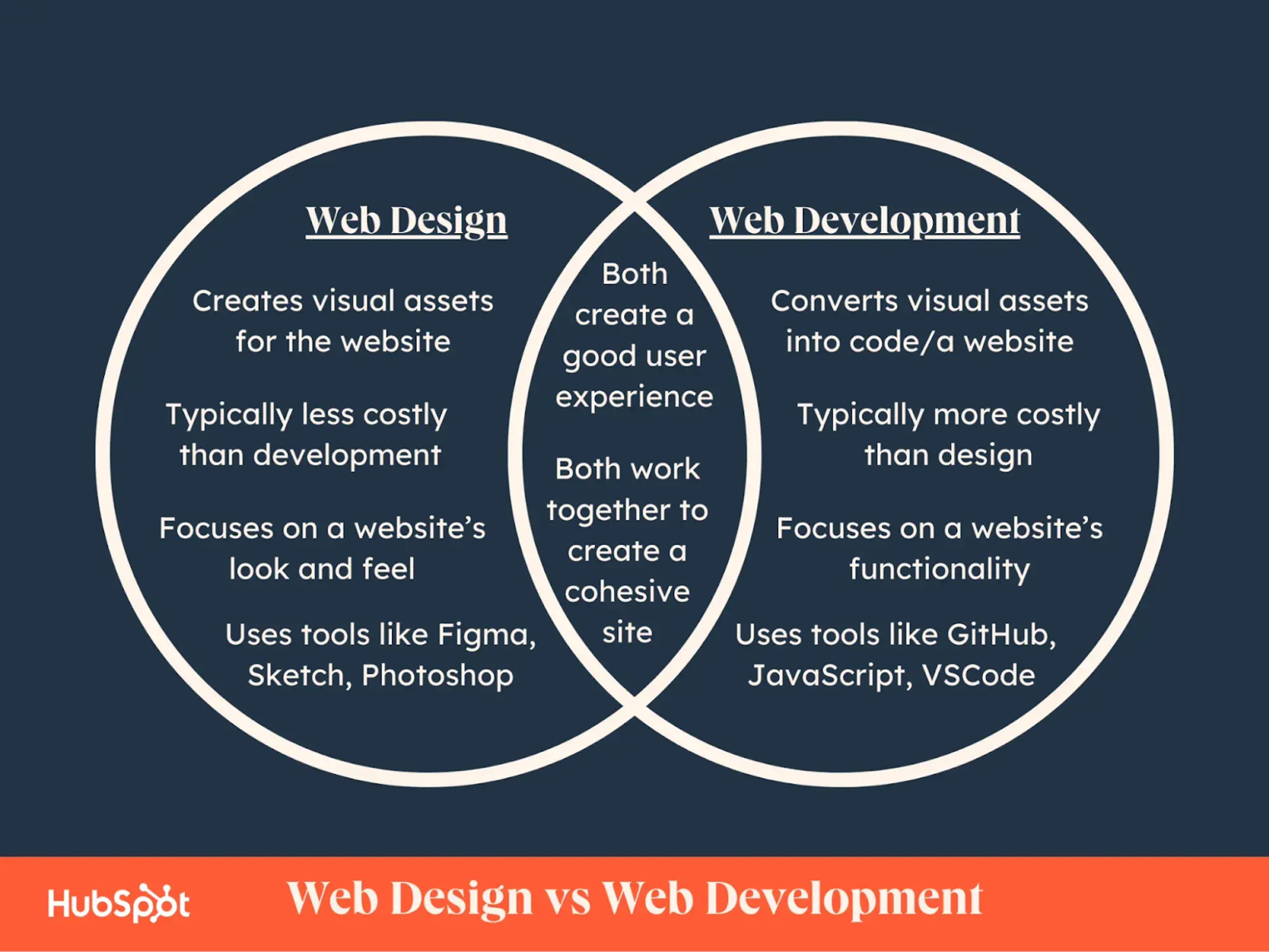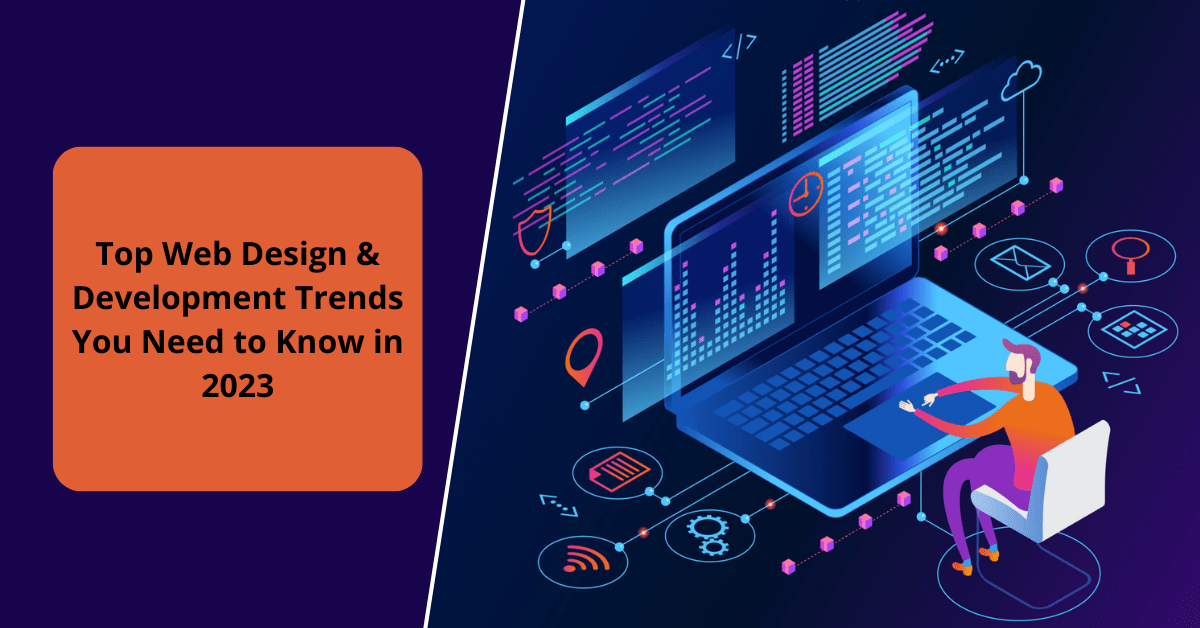Proven website design techniques to enhance accessibility
Discovering the Different Types of Website Design and Their Special Benefits
The landscape of Web design incorporates a selection of styles, each offering unique benefits that satisfy different individual requirements. Flat and minimalist styles emphasize clearness, while responsive and worldly designs improve adaptability across tools. Illustratory and typography-driven strategies intend to enhance involvement and emotional resonance. Understanding these varied kinds can considerably affect user experience and brand name assumption. What exists underneath the surface of these layout options?
Minimalist Web Layout

Minimal Web layout commonly integrates a minimal shade palette and simple typography, which not just boosts visual appeals however likewise strengthens brand name identification. The minimized complexity can result in faster loading times, better enhancing user satisfaction. Additionally, by lessening visual clutter, individuals can engage with web content better, leading to boosted understanding and retention. In general, minimalist website design fosters a smooth user experience, making it a popular option for brands intending to convey clearness and professionalism and reliability in their online presence.
Responsive Website Design
Receptive website design has come to be crucial in today's electronic landscape, guaranteeing mobile compatibility for users throughout numerous devices. This strategy greatly boosts user experience by providing smooth navigation and ease of access, despite screen size. As more people access the Web on tablet computers and smart devices, the significance of receptive style proceeds to expand.

Mobile Compatibility Relevance
As mobile gadget usage proceeds to rise, ensuring sites work with different screen dimensions has become crucial for effective interaction and engagement. Mobile compatibility, typically accomplished via responsive Web layout, permits websites to adjust perfectly to mobile phones, tablets, and various other tools. This adaptability not only gets to a broader target market however likewise improves brand reputation. A web site that operates well on mobile gadgets reflects professionalism and trust and interest to user needs. In enhancement, online search engine focus on mobile-friendly websites in their rankings, making compatibility an important element for on the internet presence. By buying mobile compatibility, businesses can improve their digital existence and satisfy the growing variety of customers who access info on the move. Prioritizing mobile-responsive design is critical in today's electronic landscape.
Improved Individual Experience

Apartment Layout
Flat layout is a minimal technique to website design that emphasizes simpleness and quality. By getting rid of three-dimensional elements such as slopes, appearances, and shadows, level layout creates an aesthetically attractive customer interface that prioritizes web content and functionality. This design advertises an instinctive navigating experience, as users can swiftly recognize key features and activities without interruption.
Among the primary advantages of level style is its responsiveness across numerous tools and screen sizes. Its tidy lines and straightforward designs adjust seamlessly, guaranteeing a regular experience for customers on mobile, tablet, or desktop computer systems. In addition, flat style often includes strong shades and typography, enhancing aesthetic impact and brand acknowledgment.
In addition, the simpleness fundamental in level layout results in quicker filling times, which contributes positively to customer satisfaction - web development. Overall, level design stays a preferred option for modern Web development, straightening with contemporary visual preferences while supplying outstanding functionality
Material Style
Material Style stands for a style language developed by Google that concentrates on developing a intuitive and natural user experience across electronic systems. This technique stresses making use of grid-based layouts, receptive computer animations, and depth results such as illumination and shadows, which assist to create a feeling of pecking order and spatial connections. By mimicking the physical globe, Product Style permits individuals to communicate with digital user interfaces in an extra all-natural and interesting fashion.
One of the key benefits of Product Design is its flexibility across various tools and display sizes, making sure a consistent experience for customers. In addition, it promotes a clear visual language that boosts usability, making it much easier for customers to navigate intricate applications. The incorporation of lively colors and vibrant typography likewise plays a vital duty in drawing focus to crucial elements, thus boosting general customer involvement - web development. Material Layout has come to be a popular choice amongst programmers seeking to create aesthetically enticing and practical internet sites.
Typography-Driven Design
Typography-Driven Design concentrates on the strategic usage of type to enhance the useful and visual facets of a website. This design technique focuses on typefaces, font dimensions, spacing, and hierarchy to develop aesthetic interest and guide customer experience. By thoroughly selecting typography, designers can communicate brand identity and evoke emotions, making the content more interesting and accessible.
Effective typography boosts readability and usability, ensuring that customers can conveniently navigate the website and soak up info. The appropriate combination of type can likewise establish a clear aesthetic pecking order, permitting users to swiftly recognize vital messages and phones call to activity.
Furthermore, a typography-driven strategy can be adjusted to various devices, making sure consistency across systems. This adaptability is important in today's multi-device landscape, where customer experience is critical. Eventually, Typography-Driven Style serves not only as an imaginative selection yet also as a practical aspect that significantly influences an internet site's efficiency.
Illustratory Website Design
Illustratory website design uses visual storytelling strategies that can substantially improve user involvement. By integrating one-of-a-kind images, web sites can develop a remarkable brand name identity that resonates with their target market. This method not just astounds site visitors yet also interacts messages in an aesthetically compelling manner.
Visual Storytelling Strategies
A wide variety of Web developers employ visual narration techniques to produce immersive and engaging customer experiences. This strategy combines typography, imagery, and design to tell a tale that reverberates with users on an emotional level. By integrating compelling visuals, developers can successfully share messages and evoke feelings, leading visitors via a brand name's trip. Infographics, animations, and interactive aspects offer to enhance narratives, making complex details extra memorable and easily accessible. In addition, aesthetic storytelling can develop a natural brand identity, as consistent images and motifs strengthen core values and messages. Inevitably, this strategy not only astounds click to read more individuals but additionally promotes a much deeper connection with the content, encouraging exploration and retention. Through proficient application, visual storytelling changes standard Web experiences into purposeful and dynamic communications.
Enhancing User Engagement
Efficient Web design significantly boosts individual engagement by leveraging illustratory components that draw interest and foster communication. Images can streamline intricate principles, making them much more memorable and approachable for customers. They break the monotony of text-heavy pages, developing visual breaks that welcome exploration. Additionally, one-of-a-kind illustrations can evoke feelings, encouraging individuals to get in touch with the content on a much deeper degree. Interactive aspects, such as computer animations or float impacts, can also improve involvement by welcoming individuals to take part proactively as opposed to passively consuming info. This strategy not only keeps site visitors on the site longer yet also raises the possibility of return gos to. Inevitably, reliable illustratory Web design transforms the customer experience, making it a lot more pleasurable and impactful.
Branding With Picture
Visual elements play a significant function in shaping a brand's identification, and images are a powerful device hereof. Illustrative Web style permits brand names to share their distinct individuality and worths through custom-made artwork. This strategy fosters a much deeper emotional link with the target market, boosting memorability and interaction. By incorporating pictures, brand names can differentiate themselves in a congested marketplace, producing a distinct aesthetic narrative that reverberates with their target market. Furthermore, images can streamline complicated ideas and make material a lot more easily accessible, properly connecting messages in an interesting fashion. Overall, branding with image not only enriches the customer experience yet likewise enhances brand name recognition, making it a valuable method for businesses aiming to develop a solid online visibility.
Often Asked Concerns
Just how Do I Pick the Right Website Design Kind for My Service?
To choose the appropriate website design kind for a company, one must evaluate goals, target market, and industry criteria. Evaluating user experience and functionality will direct the selection process for optimal involvement and effectiveness.
What Tools Are Finest for Creating Various Web Layout Designs?
Popular tools for producing diverse website design styles consist of Adobe XD, Figma, Map Out, and WordPress. Each offers unique features tailored to various layout needs, allowing designers to construct practical and visually enticing web sites effectively.
How Much Does Professional Web Design Commonly Cost?
Expert website design usually go to website sets you back in between $2,000 and $10,000, depending on intricacy, attributes, and designer competence. Customized solutions and recurring maintenance might enhance costs, while themes can supply even more affordable options for simpler jobs.
Can I Combine Several Web Design Types Successfully?
Yes, combining numerous Web design types can be reliable. By incorporating elements from different styles, designers can develop distinct, interesting user experiences that provide to varied target markets while boosting capability and aesthetic allure.
Just How Do Design Fads Impact Individual Experience and Interaction?
Layout trends considerably affect user experience and interaction by enhancing aesthetic appeal, boosting navigation, and promoting psychological links - website design. Remaining updated with patterns permits developers to create user-friendly user interfaces that reverberate with customers and urge long term communications
Minimalist and flat layouts emphasize quality, while responsive and material layouts boost adaptability throughout tools. It might seem counterintuitive, minimalist Web style stresses simplicity to enhance customer experience. Receptive Web layout plays an essential duty in improving individual experience web design by making certain that a site adapts seamlessly to different display sizes and tools. Level design is a minimal strategy to Web layout that emphasizes simplicity and quality. Product Design represents a design language created by Google that concentrates on developing a instinctive and natural user experience across electronic platforms.